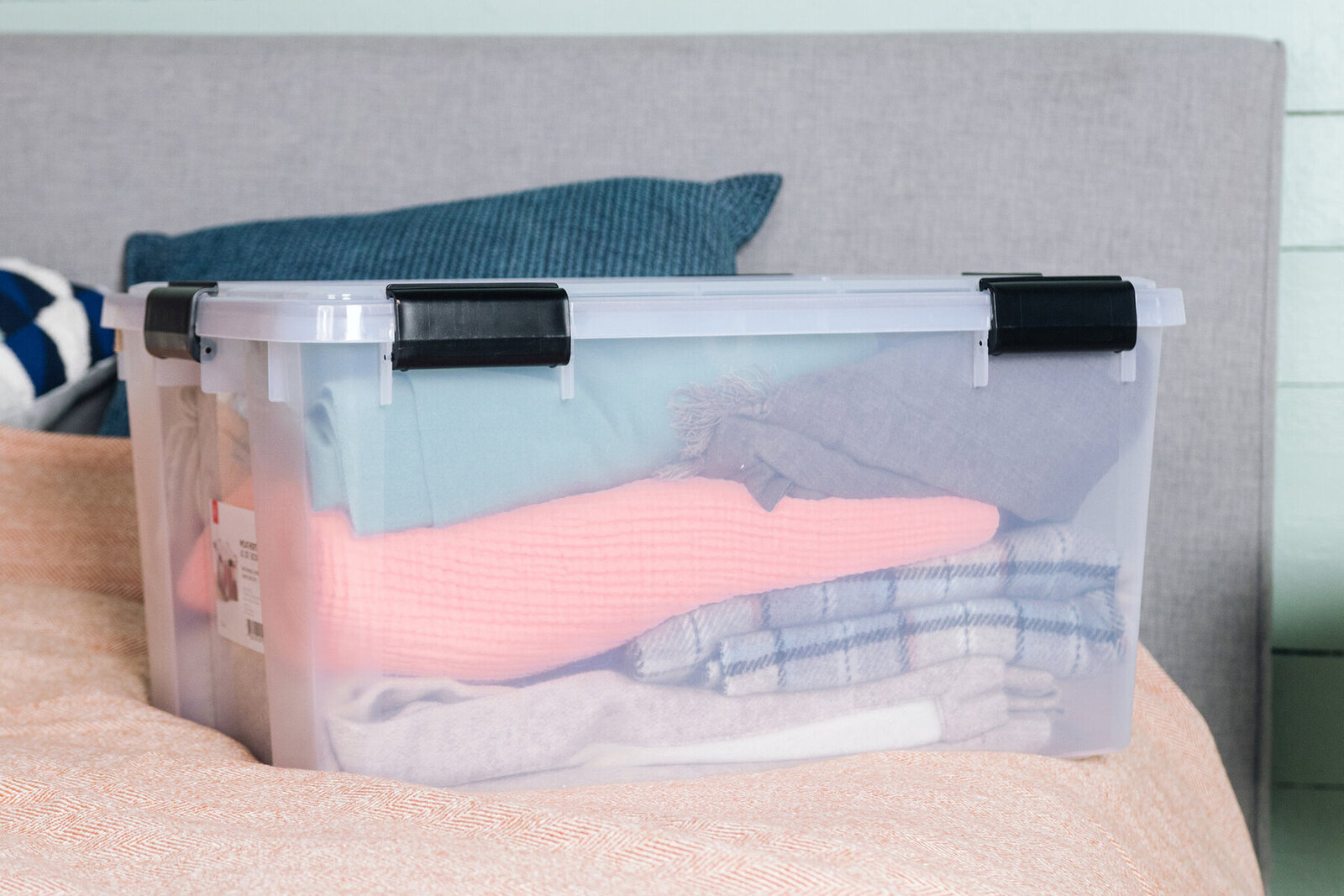

Articles
How To Store Clothes For Years
Modified: January 18, 2024
Learn the best practices to store your clothes for long-term use. These articles provide helpful tips to keep your garments in excellent condition for years to come.
(Many of the links in this article redirect to a specific reviewed product. Your purchase of these products through affiliate links helps to generate commission for Storables.com, at no extra cost. Learn more)
Introduction
Keeping your clothes in good condition for years requires proper storage techniques. Whether you’re storing seasonal items or preserving valuable garments, knowing how to store clothes can make all the difference in maintaining their quality and longevity. By choosing the right storage method, organizing and cleaning your clothes, and taking precautions against moisture and insects, you can ensure that your clothes will stay looking fresh and ready to wear for years to come.
In this article, we will provide you with a comprehensive guide on how to store clothes effectively. From sorting and organizing to choosing the right storage solutions, we will cover everything you need to know to keep your clothes in excellent condition.
So, let’s dive into the details and learn the best techniques for storing clothes!
Key Takeaways:
- Proper storage techniques, such as choosing the right method, sorting, and organizing, and cleaning clothes, are crucial for maintaining their quality and longevity.
- Protecting clothes from moisture and insects, creating an efficient storage system, and regularly maintaining stored clothes are essential for preserving their condition and ensuring long-term wearability.
Read more: How To Store A Wedding Dress For 2 Years
Choosing the Right Storage Method
When it comes to storing clothes, selecting the right method is crucial for maintaining their quality. The storage method you choose will depend on factors such as the type of garments, available space, and the duration of storage. Let’s explore some popular storage methods:
- Closet Storage: Storing clothes in your closet is a convenient option if you have enough space. Invest in good-quality hangers that properly support your garments, preventing them from stretching or getting misshapen. Keep similar items together and use garment bags to protect delicate fabrics.
- Drawer Storage: If you have ample drawer space, folding items neatly and storing them in drawers is a practical choice. Utilize divider inserts or fold clothes vertically to maximize space and maintain organization.
- Underbed Storage: Utilizing the space beneath your bed is a smart solution for storing off-season or rarely worn items. Opt for underbed storage containers or vacuum-sealed bags to protect your clothes from dust and keep them flat.
- Storage Containers: Plastic storage containers with tight-fitting lids are ideal for long-term clothing storage. Label the containers to easily locate specific items in the future.
- Hanging Storage: Hanging storage organizers, such as wardrobe racks or hanging shelves, are excellent options for storing items like sweaters, scarves, and accessories. They keep your clothes accessible and prevent wrinkles.
Consider the space available, the nature of your clothes, and your personal preferences when selecting a storage method. Remember, it’s essential to choose a method that protects your clothes from excessive sunlight, humidity, and pests.
Now that you know the various storage methods, let’s move on to the next step: sorting and organizing your clothes.
Sorting and Organizing Clothes
Before you begin storing your clothes, it’s important to sort and organize them. This step will not only make the storage process easier but also help you maintain an organized wardrobe. Follow these steps to effectively sort and organize your clothes:
- Declutter: Start by decluttering your clothes. Go through your wardrobe and set aside items that you no longer wear or need. Donate or sell these items to free up space and make your storage more efficient.
- Sort by Season: Separate your clothes into categories based on the season. This way, you can easily access garments that are appropriate for the current weather. Store off-season items in separate containers or in underbed storage to keep them out of the way.
- Group by Type: Categorize your clothes by type, such as shirts, pants, dresses, and jackets. This will help you quickly locate specific items when you need them. You can further subdivide each category by color or occasion if desired.
- Consider Material: Delicate fabrics like silk or cashmere require special care. Separate these items from regular clothing and store them in garment bags or breathable containers to prevent damage.
- Purge Unwanted Items: Take this opportunity to eliminate any damaged or stained clothing that cannot be repaired. Holding on to such items will only take up unnecessary space and may negatively impact adjacent garments.
Organizing your clothes in a systematic manner will help you maintain order and easily find what you need when you retrieve them from storage. It also allows you to make the most of your available storage space.
With your clothes sorted and organized, let’s move on to the next step: cleaning and preparing your clothes for storage.
Cleaning and Preparing Clothes for Storage
Before you store your clothes, it’s crucial to ensure that they are clean and properly prepared. This step is essential for preventing odors, stains, and insect infestations while your clothes are in storage. Follow these steps to clean and prepare your clothes for storage:
- Wash or Dry Clean: Start by washing or dry cleaning your clothes before storing them. This step removes any lingering dirt, oils, or stains that could attract insects or cause damage over time. Follow the care instructions on the garment’s label to avoid any mishaps.
- Inspect for Damage: Examine each item for any signs of damage, such as loose threads, missing buttons, or tears. Repair these issues before storing the clothes to prevent further damage and maintain their quality.
- Avoid Perfumes or Fabric Softeners: Avoid using perfumes or fabric softeners before storing your clothes, as these scents can attract pests. Opt for unscented laundry products or natural alternatives instead.
- Remove Accessories: Take off any belts, jewelry, or other accessories attached to the clothes. These items can cause damage or leave marks on the fabric during storage.
- Allow Clothes to Fully Dry: Ensure that your clothes are completely dry before packing them away. Damp or moist clothes can develop mold or mildew during storage.
By cleaning and preparing your clothes before storage, you eliminate potential issues that can arise from dirt, stains, or moisture. This step is especially important for long-term storage, as it helps maintain the integrity and freshness of your garments.
Now that your clothes are clean and ready, let’s move on to the next step: folding them properly for storage.
Folding Clothes Properly
Properly folding your clothes is essential for maximizing space and preventing wrinkles during storage. The way you fold your clothes will depend on their fabric, shape, and storage method. Here are some techniques for folding different types of clothing:
- T-shirts and Tops: Lay the garment flat and smooth out any wrinkles. Fold the sides inward to create a rectangle shape, then fold it in half lengthwise. Finally, fold it in half again or into thirds, depending on the desired size.
- Pants and Jeans: Fold pants in half vertically so that the legs are together. Next, fold them in half or thirds horizontally. For jeans, you can also fold them in half lengthwise before folding them horizontally.
- Dresses and Skirts: Start by folding the garment in half vertically, with the front side facing inward. Then, fold it in half once more or fold the bottom of the garment up to the waistline to prevent creases.
- Sweaters and Knitwear: Fold sweaters by gently folding them in half lengthwise, matching up the sleeves. Fold the garment in half again or into thirds, depending on the desired size. Avoid hanging knitwear to prevent stretching.
- Delicate Fabrics: For delicate fabrics like silk or chiffon, use acid-free tissue paper or garment bags. Fold them loosely and place tissue paper between layers to prevent creasing or snagging.
Remember to stack similar items together and keep the folded clothes in an organized manner. This will allow you to easily retrieve specific items without disturbing the entire stack.
Next, let’s explore using hanging storage solutions to store certain types of clothing effectively.
Read more: How To Store A Car For A Year
Using Hanging Storage Solutions
Hanging storage solutions are a great option for storing certain types of clothing, such as dresses, suits, or delicate fabrics. They help to minimize wrinkles and keep your clothes easily accessible. Here are some tips for using hanging storage effectively:
- Invest in Quality Hangers: Choose sturdy hangers made of wood or padded velvet. Avoid wire hangers as they can stretch the fabric and leave marks. Cascading hangers can also help save space in the closet.
- Group Similar Items: Hang clothes with similar lengths or types together. For example, hang all dresses together, followed by blouses or shirts. This will make it easier to locate specific items when needed.
- Use Garment Bags: For special occasion dresses or suits, use garment bags to protect them from dust and maintain their pristine condition. Opt for breathable garment bags to prevent moisture build-up.
- Avoid Overcrowding: Avoid overcrowding the hangers or packing too many clothes in one closet section. This can lead to wrinkles and difficulty in finding what you need. Leave some space between each garment to maintain airflow.
- Rotate Seasonal Items: If you have limited closet space, consider rotating your seasonal clothing. Store off-season items in a separate area, such as underbed storage or in a different closet, to free up space.
Using hanging storage solutions not only helps to keep your clothes organized but also prevents creases and maintains the shape of your garments. It also allows for easy visibility and accessibility to your clothing collection.
Now, let’s explore another storage method: using vacuum-sealed bags.
Store clothes in a cool, dark, and dry place to prevent discoloration, mold, and mildew. Use breathable garment bags or acid-free tissue paper for added protection.
Using Vacuum-sealed Bags
Vacuum-sealed bags are a popular choice for storing bulky or seasonal clothing items. These bags remove excess air, reducing the volume of your clothes and maximizing storage space. Here’s how to use vacuum-sealed bags effectively:
- Sort and Fold: Sort your clothes into categories and fold them neatly. Proper folding ensures that the clothes fit well in the bags and reduces the risk of wrinkles.
- Place in Bags: Put the folded clothes inside the vacuum-sealed bags. Avoid overstuffing the bags, as this can hinder the sealing process and leave the clothes prone to wrinkles.
- Seal the Bags: Use the zip-lock mechanism on the bags to securely seal them. Ensure that all the air is effectively removed to compress the clothes.
- Use a Vacuum Cleaner: Attach a vacuum cleaner to the designated valve on the bag. Turn on the vacuum cleaner to remove the air from the bag. As the air is removed, the bag will shrink and compress the clothing inside.
- Store in Suitable Location: Once the bags are sealed and compressed, store them in a clean and dry area, such as a closet, underbed storage, or a dedicated storage space. Avoid placing heavy items on top of the bags to prevent damage.
Vacuum-sealed bags are especially useful for storing bulky items like jackets, comforters, or seasonal clothes such as winter coats. They not only save space but also provide protection against dust, moisture, and pests, keeping your clothes in excellent condition.
While vacuum-sealed bags are a convenient solution, it’s important to note that compressing your clothes for extended periods may cause some items to lose their original shape. Therefore, avoid using them for delicate fabrics or items that are prone to wrinkling.
Next, let’s explore storing clothes in boxes or containers as an alternative storage method.
Storing Clothes in Boxes or Containers
Storing clothes in boxes or containers is a classic and reliable method that provides protection and organization. Whether you opt for plastic containers, cardboard boxes, or decorative containers, here are some tips for storing clothes effectively:
- Choose the Right Containers: Select containers that are clean, sturdy, and appropriately sized for the clothes you plan to store. For long-term storage, consider using plastic containers with lids that provide airtight or secure closure.
- Fold and Pack: Fold your clothes neatly and place them in the containers. Avoid overstuffing the containers to prevent wrinkles. Fill any empty spaces with tissue paper or packing materials to help maintain the shape of the clothes and provide additional protection.
- Label the Containers: Label each container to indicate its contents. This makes it easier to locate specific items later on, especially if you have multiple containers stacked together.
- Stack Carefully: When stacking the containers, place heavier items at the bottom and lighter ones on top. Avoid stacking too high to prevent containers from toppling and damaging the contents.
- Elevate from Floors: If you store your containers directly on the floor, consider elevating them using pallets or shelves to protect the clothes from moisture or potential water damage.
Storing clothes in boxes or containers is an excellent option for long-term storage or when you have limited closet space. It protects your clothes from dust, pests, and potential damage from light or moisture exposure.
Remember to choose containers that are suitable for the specific needs of your clothes, especially if you live in an area with high humidity or extreme temperature fluctuations.
Now that we have covered various storage methods, let’s move on to essential tips for protecting clothes from moisture and insects.
Protecting Clothes from Moisture and Insects
Moisture and insects can wreak havoc on stored clothes, causing mold, mildew, musty odors, and potential damage. Protecting your clothes from these elements is crucial to ensure their longevity. Here are some tips to safeguard your clothes:
- Use Desiccants: Place moisture-absorbing desiccant packs or silica gel packets in your storage containers or bags. These help to absorb excess moisture and prevent mold or mildew growth.
- Choose a Dry Storage Area: Opt for a dry, well-ventilated storage area to minimize moisture levels. Avoid humid spaces like basements or attics, as they can promote mold and mildew growth.
- Avoid Plastic Bags: While plastic bags may seem like a convenient solution for storage, they can trap moisture and lead to mold or mildew. Instead, opt for breathable storage solutions like cotton or linen bags, or use garment bags with ventilation holes.
- Cedar Products: Cedar products, such as cedar blocks or cedar-lined storage, act as natural repellents against insects like moths and silverfish. Place them in your storage area or among clothes to deter pests.
- Lavender Sachets or Cedar Balls: Another natural insect repellent option is lavender sachets or cedar balls. These fragrant items not only keep insects at bay but also add a pleasant scent to your stored clothes.
- Regularly Inspect and Air Out: Periodically inspect your stored clothes for any signs of insects or moisture. Take the opportunity to air out the clothing and check for any potential issues.
By taking these precautions, you can effectively protect your clothes from moisture damage and prevent unwelcome insect infestations, ensuring that your garments remain in excellent condition throughout their storage.
Now that you know how to protect your clothes, let’s discuss creating a storage system that works for you.
Read more: How To Store Food For Years
Creating a Storage System
Creating a well-organized storage system is key to maintaining the condition of your clothes and easily accessing them when needed. Here are some tips to help you create an efficient storage system:
- Categorize and Label: Group similar items together, such as tops, bottoms, or seasonal clothing. Label your storage containers, boxes, or sections of your closet to quickly locate specific items.
- Utilize Vertical Space: Make use of vertical space by installing shelves, hanging organizers, or utilizing overhead storage. This allows you to maximize storage capacity while keeping your clothes easily accessible.
- Rotate Seasonal Items: If you have limited storage space, consider rotating your clothes seasonally. Store off-season items in underbed storage or separate containers and switch them out when the seasons change.
- Keep Frequently Worn Items Accessible: Organize your closet or storage area in a way that makes frequently worn items easily reachable. This saves time when getting dressed and reduces the risk of disrupting the organization of other items.
- Consider Clear Storage Containers: Use clear plastic containers or transparent garment bags for items that you want to locate quickly without opening each container. This allows for easy visibility and avoids unnecessary digging through storage boxes.
- Regularly Review and Purge: Periodically go through your stored clothes and evaluate if there are items you no longer need or want. Donate or sell such items to free up space and ensure that your storage system remains organized.
Creating a well-thought-out storage system not only helps you keep your clothes organized but also ensures that you can easily find and access the items you need. It saves you time and reduces frustration when retrieving or storing clothes.
Now that you have a storage system in place, let’s discuss the importance of regularly checking and maintaining your stored clothes.
Checking and Maintaining Stored Clothes
Regularly checking and maintaining your stored clothes is essential in preserving their quality and ensuring they remain in good condition over time. Here are some tips to help you keep your stored clothes in optimal shape:
- Inspect Every Few Months: Set a reminder to inspect your stored clothes every few months. Check for any signs of damage, such as moth holes, stains, or discoloration. Promptly address any issues to prevent further damage.
- Air Out the Clothes: Take the opportunity to air out your clothes when inspecting them. Remove them from the storage containers or bags and hang them in a well-ventilated area for a few hours to freshen them up.
- Brush Away Dust: Use a soft-bristle brush or lint roller to gently brush away any dust or debris that may have accumulated on your clothes. This helps maintain their cleanliness and prevents the buildup of particles that can attract pests.
- Rotate and Refold: Rotate your folded clothes within the storage containers to prevent permanent creases or distortions. Refold them using the proper folding techniques mentioned earlier to maintain their shape.
- Address Stains Immediately: If you notice any stains during inspection, address them promptly. Follow garment care instructions and use appropriate stain removal methods to prevent the stain from setting in or spreading.
- Reapply Protection: Refresh natural insect repellents like cedar balls or lavender sachets periodically to ensure their effectiveness. Replace old or worn-out protection items to continue safeguarding your stored clothes.
Regularly checking and maintaining your stored clothes allows you to catch any potential issues early on and take appropriate action. By doing so, you can preserve the quality and longevity of your cherished garments.
Now that we have covered the importance of checking and maintaining stored clothes, let’s conclude our guide to storing clothes effectively.
Conclusion
Properly storing your clothes is essential for maintaining their quality and ensuring they stay in great condition for years to come. By following the right storage methods, sorting and organizing your clothes, cleaning and preparing them, folding them properly, and using suitable storage solutions, you can protect your clothing investment and make the most of your available space.
Remember to protect your clothes from moisture and insects by using desiccants, choosing a dry storage area, and utilizing natural repellents. Regularly check and maintain your stored clothes to catch any issues early on and keep them looking their best.
Creating a storage system that works for you, utilizing vertical space, rotating seasonal items, and keeping frequently worn items easily accessible will make it easier to locate and enjoy your clothes.
By implementing these storage techniques and maintaining a regular maintenance routine, you can ensure that your wardrobe remains organized, fresh, and ready to wear.
So, take the time to invest in proper storage methods and enjoy the benefits of well-preserved clothes that will continue to be a source of style and confidence for years to come.
Frequently Asked Questions about How To Store Clothes For Years
Was this page helpful?
At Storables.com, we guarantee accurate and reliable information. Our content, validated by Expert Board Contributors, is crafted following stringent Editorial Policies. We're committed to providing you with well-researched, expert-backed insights for all your informational needs.
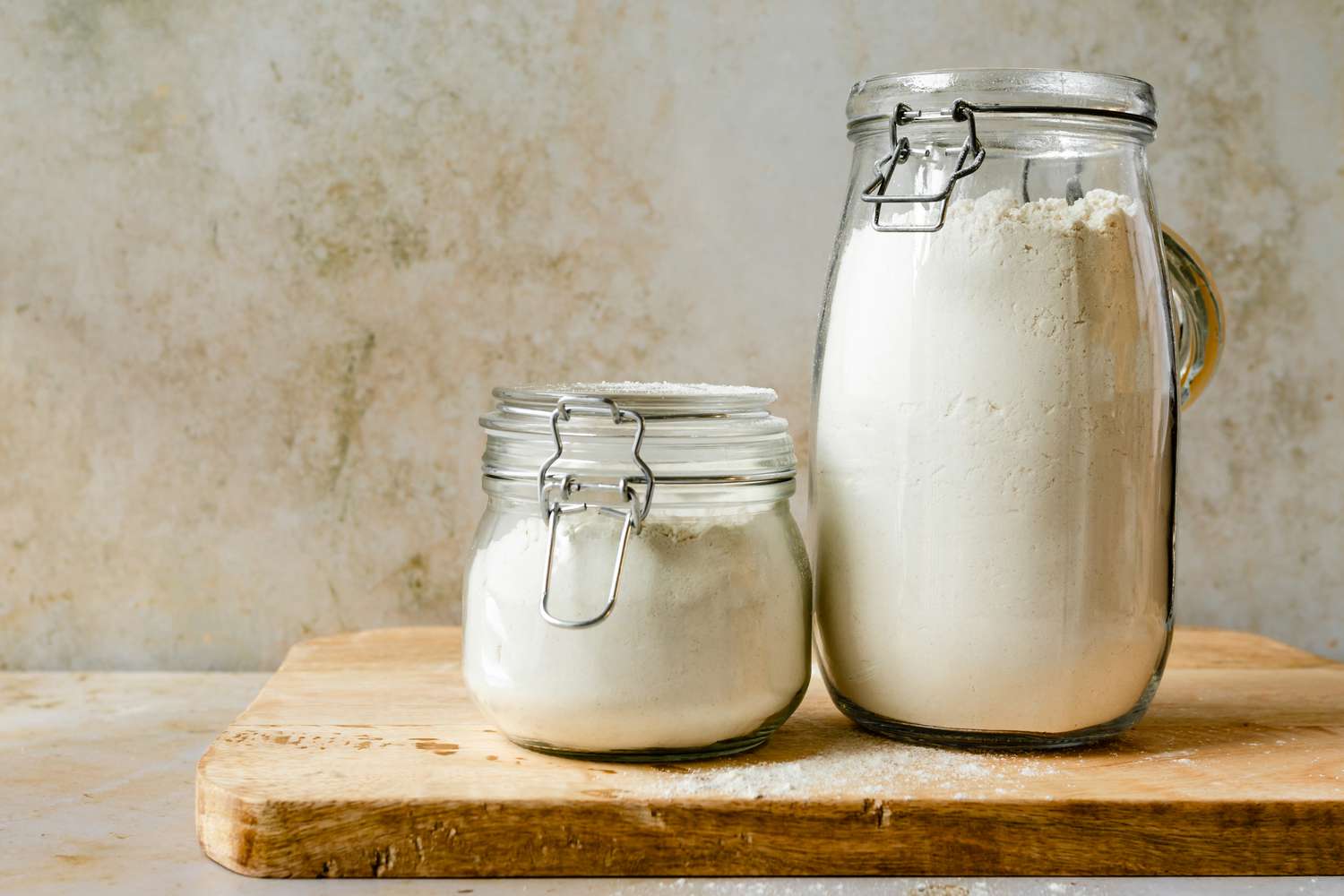

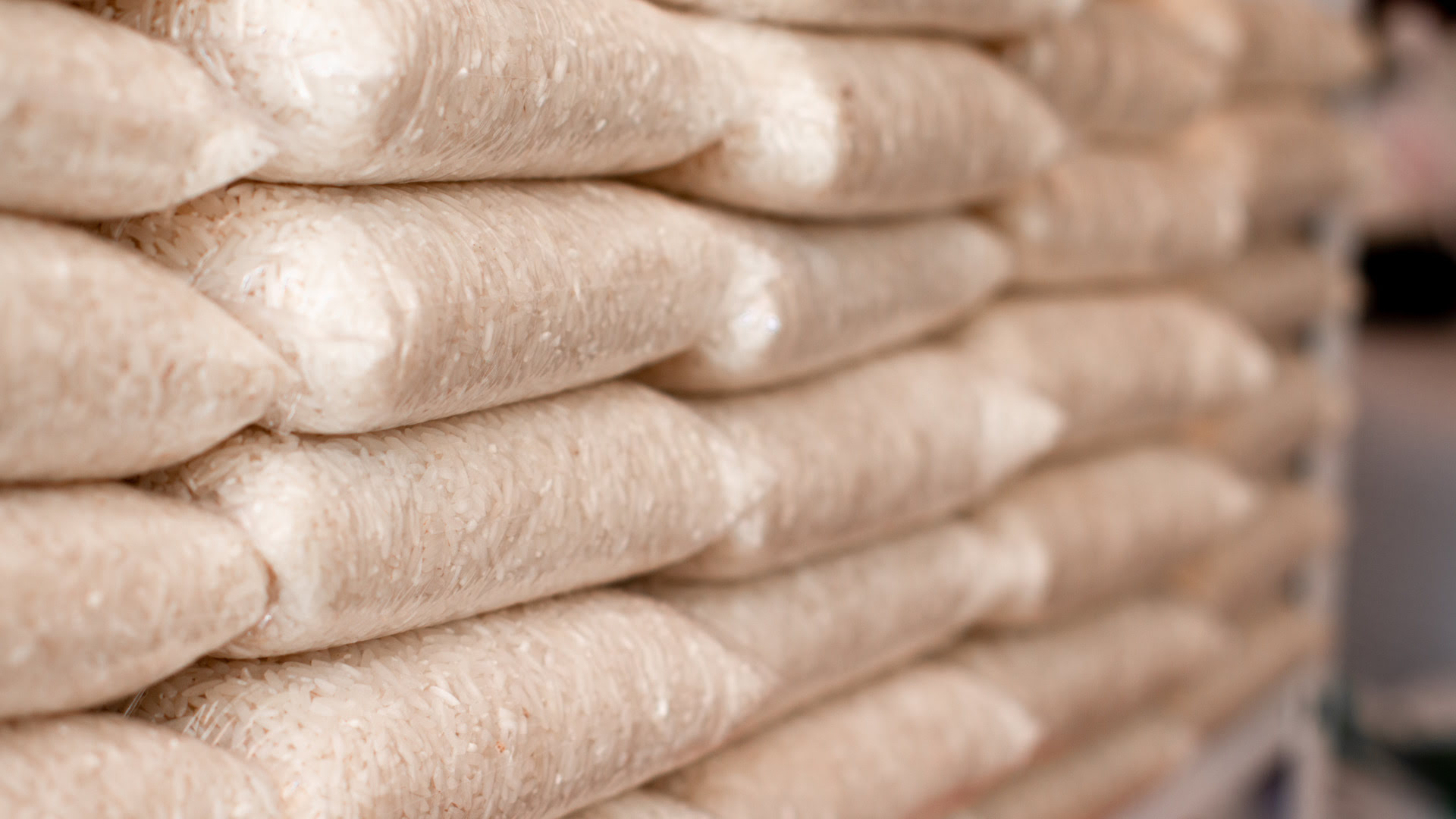



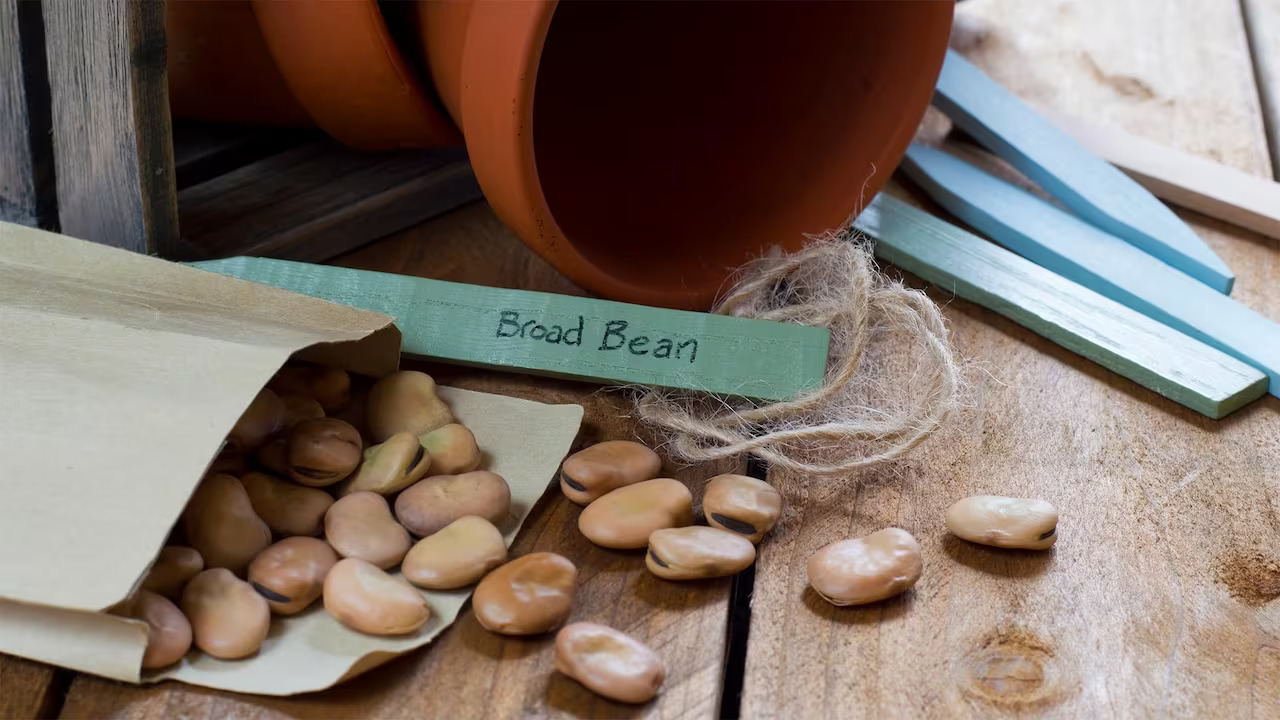


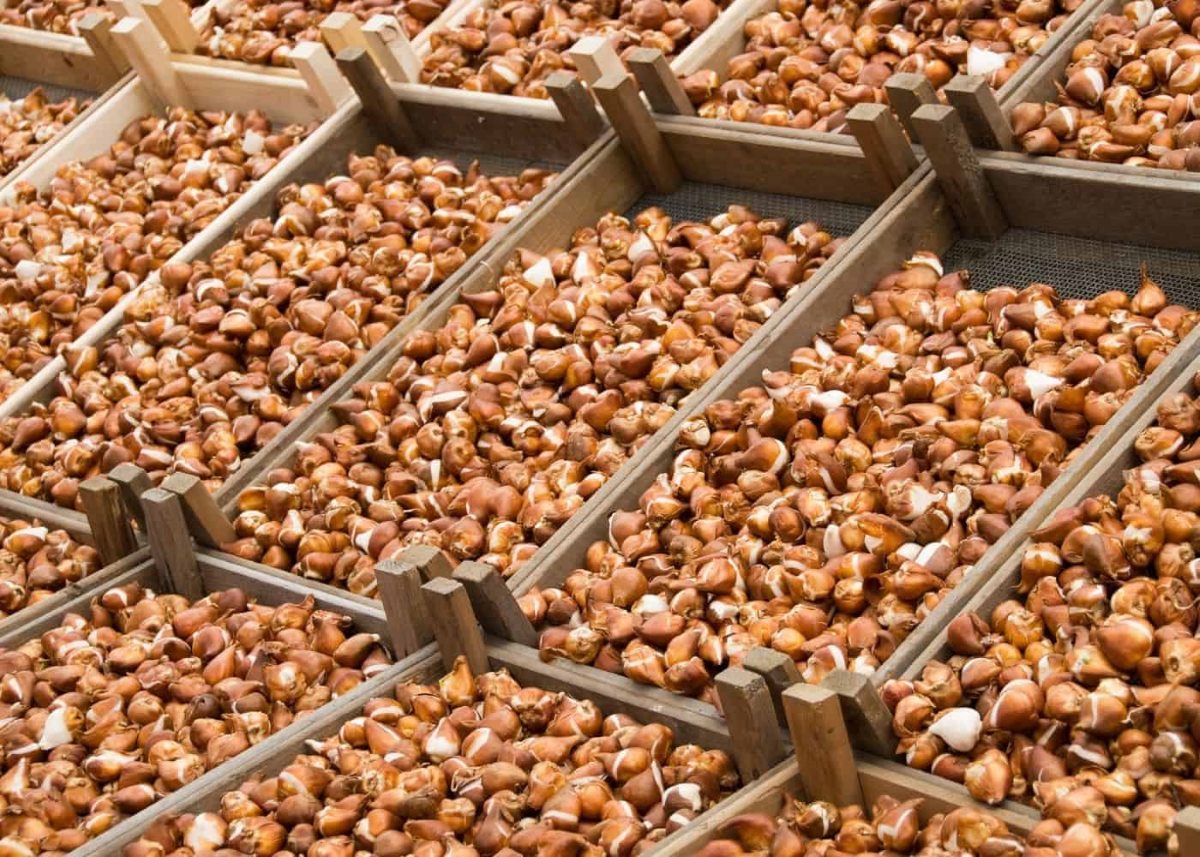
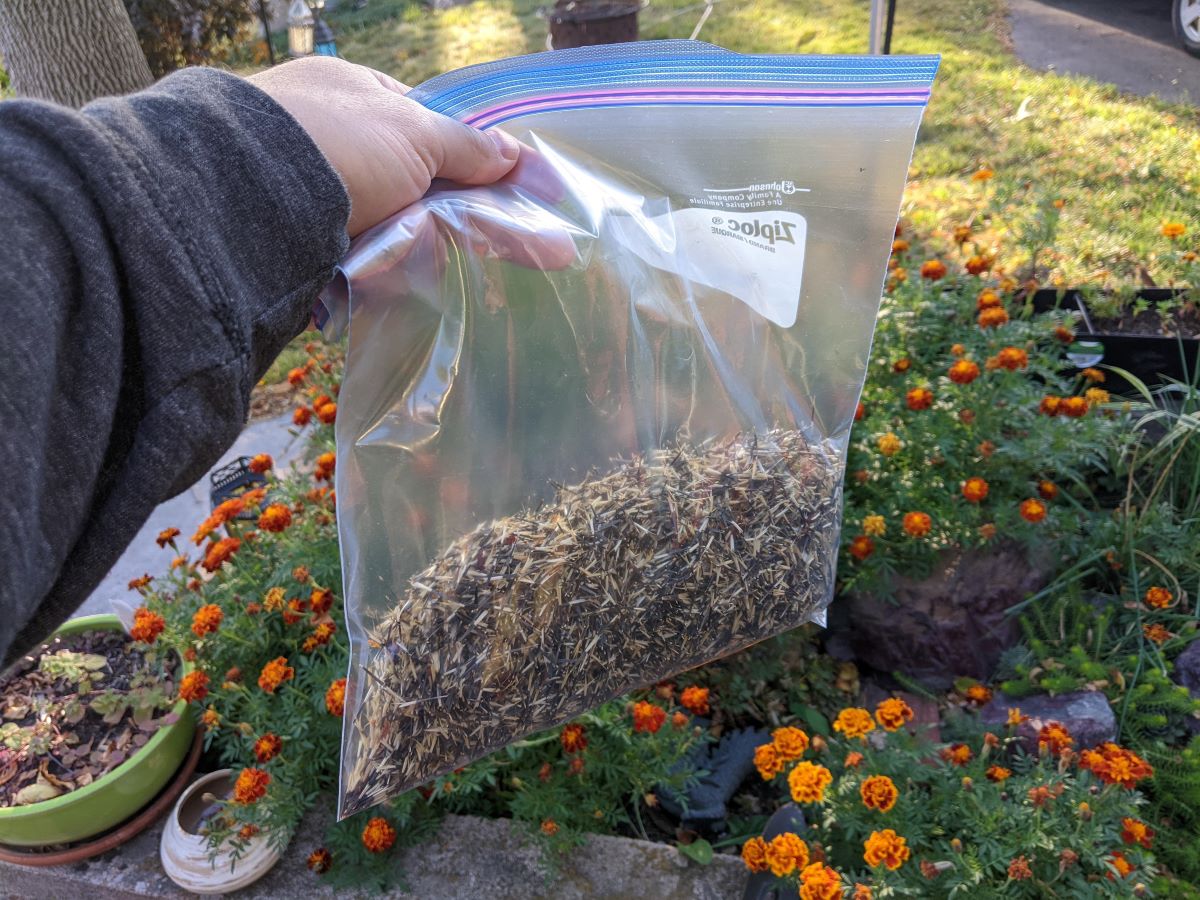
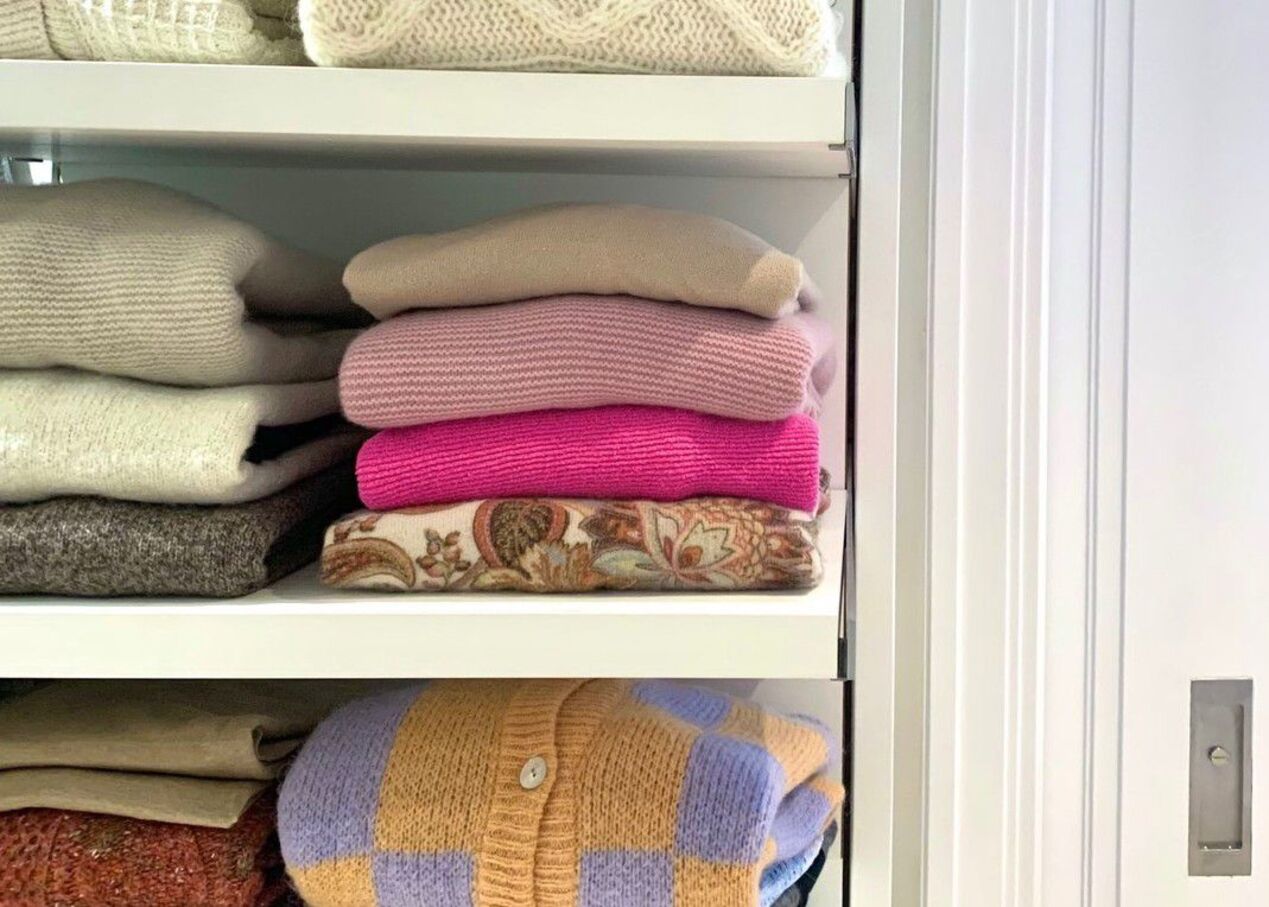


0 thoughts on “How To Store Clothes For Years”